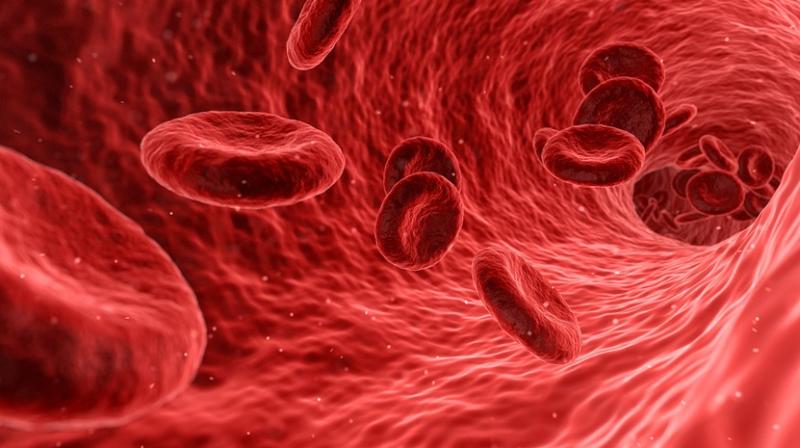Cost-effective breakthrough in DNA extraction
The technology can be used to identify pathogens in agriculture, medical samples and environment.

HYDERABAD: According to a study published recently in PLOS Biology, cellulose-based filter paper can be used to rapidly bind and retain nucleic acids after the removal of contaminants.
This technique can be used to extract the DNA and the RNA from living organisms and it has the potential to become the cheapest way to isolate and identify pathogens from plants, food, and human samples.
Nucleic acids are powerful tools of identification whose application is limited by their difficulty to extract. The current methods to isolate the DNA and the RNA require specialised equipment and trained technicians and involve several complex liquid-handling steps. These methods, apart from being costly, are also time-consuming and error-prone.
Keeping these limitations in mind, researchers from the National Cancer Institute of the US identified a low-cost system which can easily extract nucleic acids even outside a laboratory.
As part of their research, they studied the capacity of various materials to capture nucleic acids and found that untreated cellulose-based paper produced the best results. It not only captured nucleic acids within seconds but also retained them for a prolonged period.
In the US, the transfer of technology is done through the public-private partnership wherein the author gets his benefits and the technology is made available to benefit all.
The transfer to India from the US is done within 20 days once the product is out in the open market.
Dr G.V. Rao, a DNA analyst, said, “This is a major breakthrough as the extraction of DNA is a time-consuming process done in laboratories. High costs have been a challenge and there is a need for easy methods of identification.”
Dr G. V. Rao explained, “The filter paper will be glazed with chemicals and that is the patent which the author will sell to the companies after which it will be easily available. The filter paper has to be brought in contact with the fluid or liquid which will help to extract the DNA.”
The capacity of cellulose-based paper to retain nucleic acids is crucial in making this a viable method of extraction because it gives researchers enough time to process the samples. The one major precaution is that biological contaminants such as proteins have to be removed.
A senior DNA analyst in the city added, “Proteins pose the biggest challenge as they make it difficult to identify the DNA. With one wash all the proteins may not be removed. But the results of this study are exciting as they can bring about a major change in the way in which molecular biology operates.”
The researchers say that with this technology, low-cost dipsticks can be developed and used to identify pathogens in agriculture fields, medical samples and the environment.
The specifics related to these applications are yet to be worked out, but molecular biologists said that this is a breakthrough which brings the promise of further simplification in the future.
It can be used in agriculture fields to collect samples of worms which are affecting crops.

